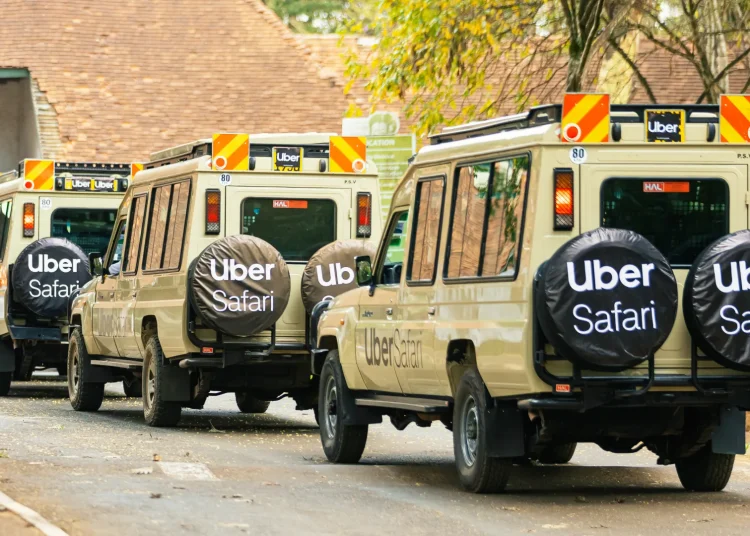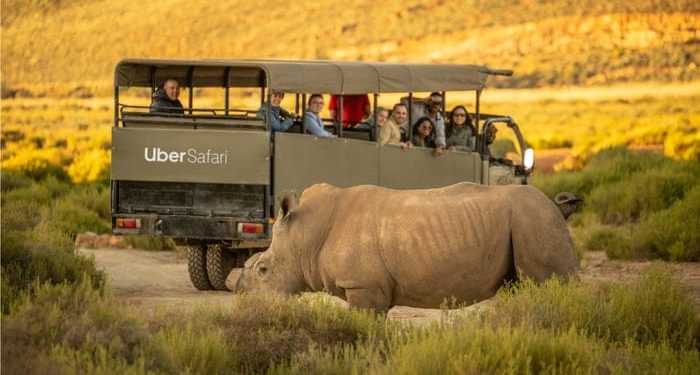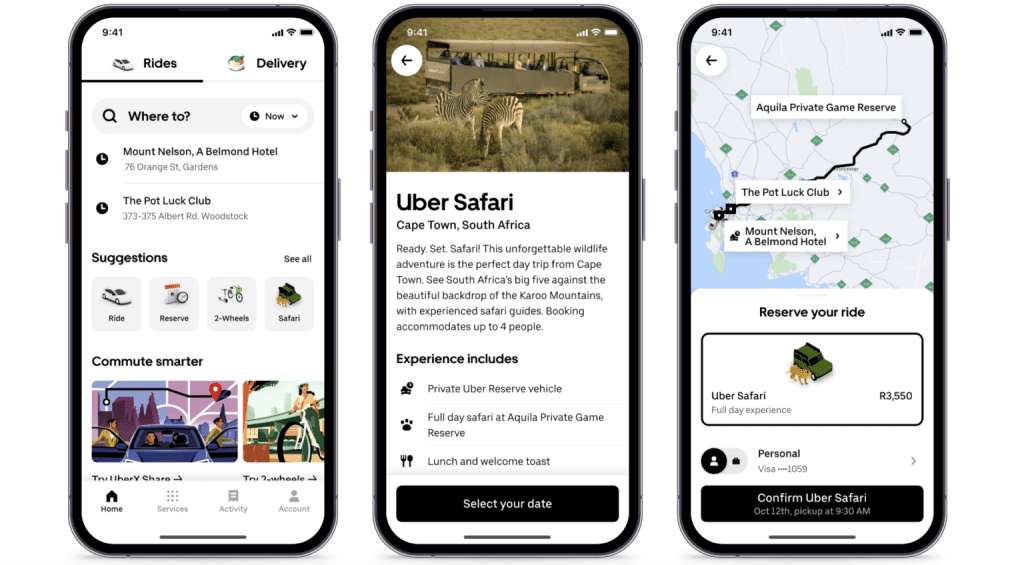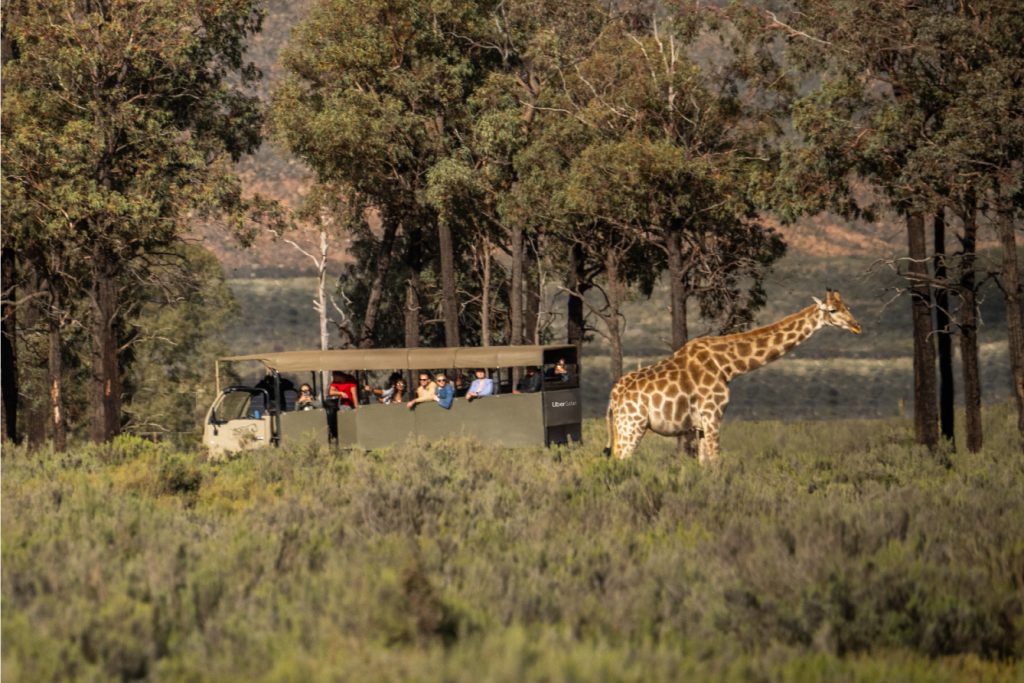We’ve all heard it a thousand times: it’s cheaper – and easier – to fly from Lagos to London than from Lagos to Lusaka. Everyone nods knowingly about Africa’s aviation challenges, talks about “open skies,” and then… not much changes. But at the 2025 AviaDev Africa conference in Zanzibar, there were actual specifics on the table. Real routes, real demand data, and real examples of what’s shifting. Alongside low-cost upstarts and policy advocates, legacy players like Ethiopian Airlines , which is celebrating 50 years of continuous service into Central Africa, are showing what long-term commitment to intra-African connectivity can look like.
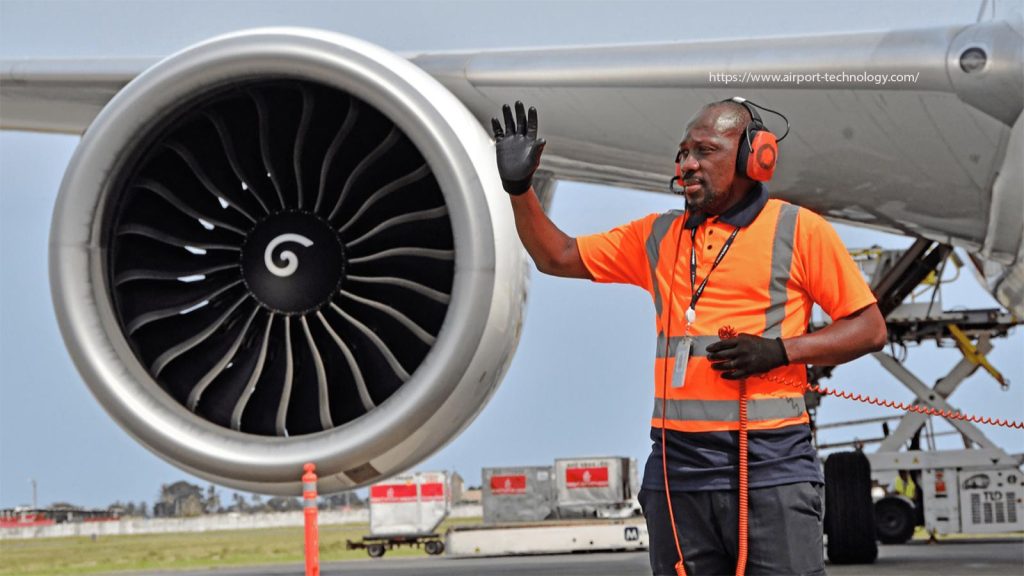
The numbers everyone quotes (but what they actually mean)
Yes, Africa has 18% of the world’s people but only 2% of global air traffic. But instead of dwelling on that gap, speakers at AviaDev focused on what’s actually happening: passenger volumes grew 9% in the first half of 2025, and – this is the kicker – 80% of potential intra-African routes still don’t have direct flights. (Source: IATA)
That’s not just a statistic. It’s why your clients are still routing through Dubai to get from Nairobi to Dakar, and why that amazing lodge in Zambia, for example, stays harder to sell than it should be.
Three routes that could grow African travel
Let’s get practical. These three routes were highlighted as having the most potential and are currently being underserved. What are the opportunities?
Abidjan (ABJ) – Douala (DLA)
A direct link would pair Côte d’Ivoire’s cultural/coastal capital with Cameroon’s Gulf of Guinea gateway, enabling premium short break and VFR (visiting friends and relatives) plus itineraries.
Lusaka (LUN) – Cape Town (CPT)
More direct pairings here would marry Zambia’s safari and Victoria Falls access with Cape Town’s city, coast and winelands, unlocking year-round twin centre packaging with strong leisure appeal.
Dakar (DSS) – Libreville (LBV)
A DSS–LBV service would connect Senegal’s coastal hub to Gabon’s high value rainforest experiences, opening conservation and adventure products.
Airline realities: What’s driving decisions (and what isn’t)
So why haven’t these promising routes launched yet? The airline perspectives shared at AviaDev provided honest insight, and the answer isn’t what you might expect.
What airlines are actually doing?
Ethiopian Airlines currently serves 70 destinations in Africa, continues to expand its pan-African network and recently marked 50 years of continuous service to Kinshasa, highlighting its role in developing inland markets. Addis Ababa is no longer just a stopover hub – increasingly, it’s a tourism gateway to secondary destinations. The airline’s forward momentum also includes a major infrastructure project with the African Development Bank to build Africa’s largest airport by 2029, setting up Ethiopia as a top-tier regional aviation hub.
And they’re not stopping there – Ethiopian Airlines announced partnering with Archer Aviation to roll out electric air taxis across East Africa. It’s an innovation that could revolutionise short-haul tourism transfers with low-emission, 15-minute flights to hard-to-reach lodges or urban sites.
Fastjet and Jambojet, both low-cost carriers, shared how they are supporting affordable regional tourism travel. Fastjet is working to unlock short-haul leisure and VFR movement within Southern Africa, while Jambojet is enabling connections from key urban centres to leisure destinations domestically and looking to expand across borders.
Both carriers were frank about the challenges: high costs – especially fuel and fees – and policy inconsistencies remain major obstacles to route expansion and sustainable operations.
But here’s what’s really holding back new routes
One message came through clearly from multiple speakers: aviation routes don’t emerge automatically; they respond to coordinated signals across sectors.
The uncomfortable truth shared by airlines: they won’t launch routes based solely on demand projections. They need coordinated support from multiple stakeholders to justify the risk.
New or revived routes are more likely to succeed when tourism boards, private operators, and even individual lodges are willing to support launches through marketing partnerships or policy action. The message for tourism businesses was direct: demand data alone isn’t enough. Creative regional collaboration was framed as essential for unlocking new connections.
Infrastructure realities (the stuff that actually matters)
Airports that don’t scare tourists away
AviaDev speakers emphasised that airports are no longer just infrastructure; they’ve become part of the tourism experience. Many African airports are still seen as functional but not welcoming, while improvements in signage, customs processing, and arrivals areas are increasingly important to destination competitiveness. Some countries, like Rwanda and Namibia, were highlighted as already investing in guest-oriented airport experiences.
Visas: slow progress, but progress
The numbers show gradual improvement: 28% of intra-African routes are now visa-free, up from 20% in 2016. (Source: Visa Openess Index) Countries like Rwanda, Ghana, and Namibia now offer visa-on-arrival or e-visa programs. Despite this progress, many travellers still face barriers when planning multi-country itineraries due to inconsistent implementation.
The Single African Air Transport Market (SAATM) was mentioned frequently as a long-term framework with significant potential, but participants acknowledged it remained under-implemented as of 2025.
The key takeaway? Aviation is not a spectator sport
The conversations at AviaDev 2025 made clear that aviation in Africa is evolving, and tourism businesses have a real role in shaping what comes next.
There are opportunities for operators willing to design products for the Africa that’s emerging, not the one that exists today. Companies that actively engage with route development and adapt their offerings to emerging connectivity patterns will benefit first and most because every unserved route represents missed revenue for tourism businesses and missed opportunities for travellers.
Source: Atta.travel

